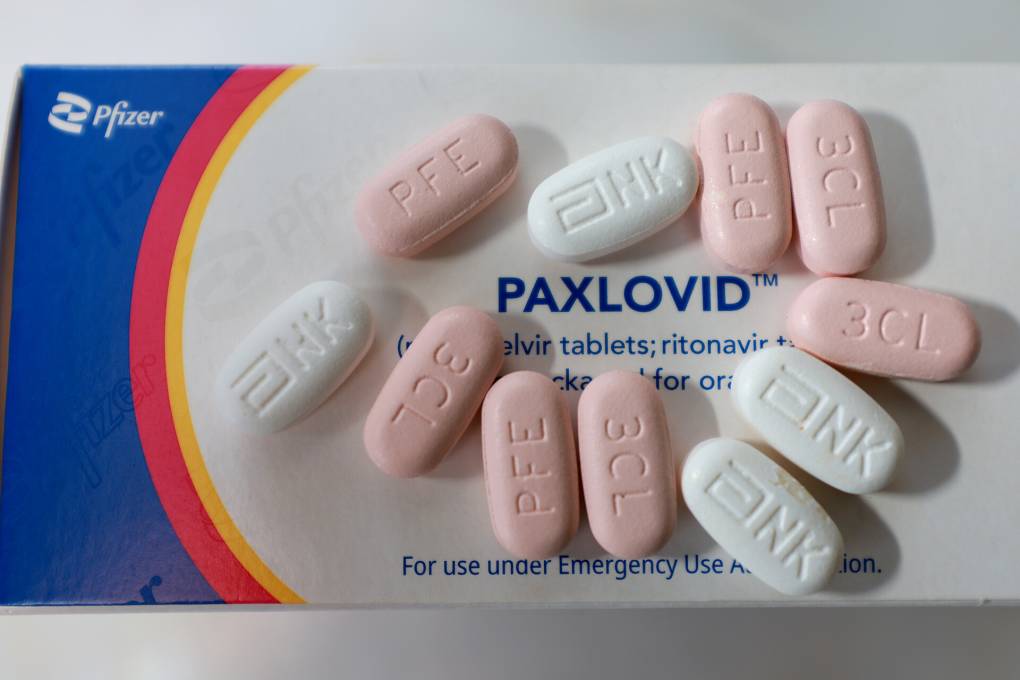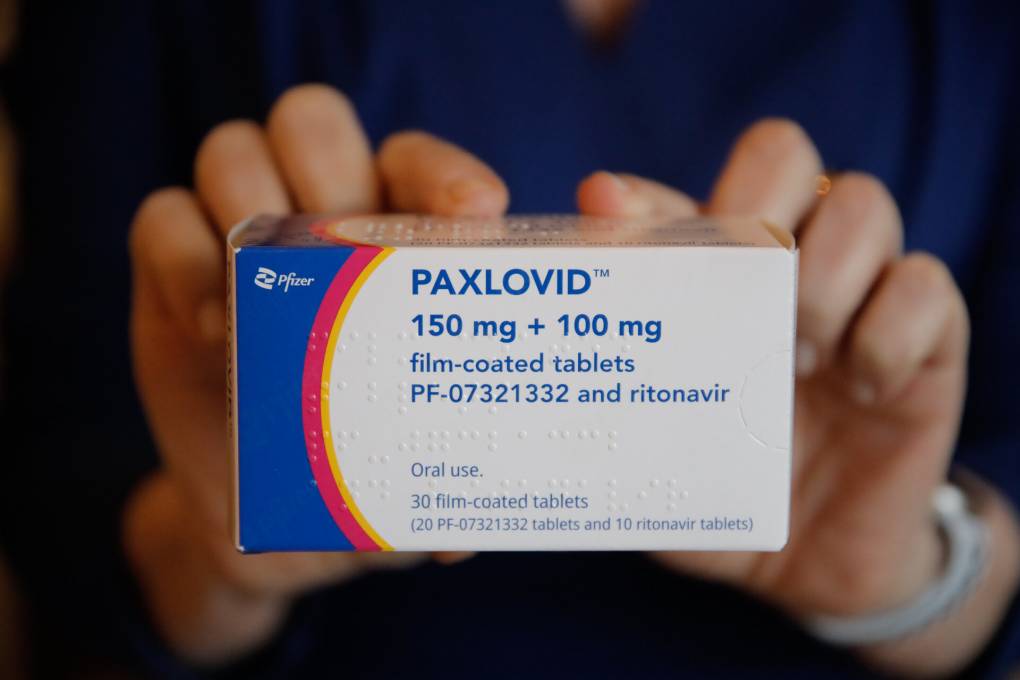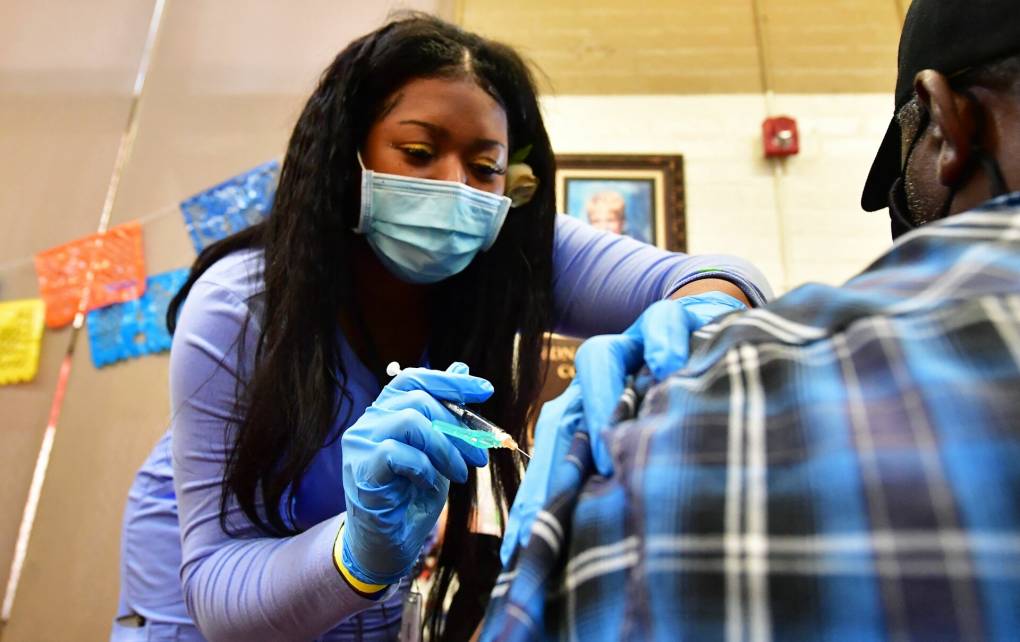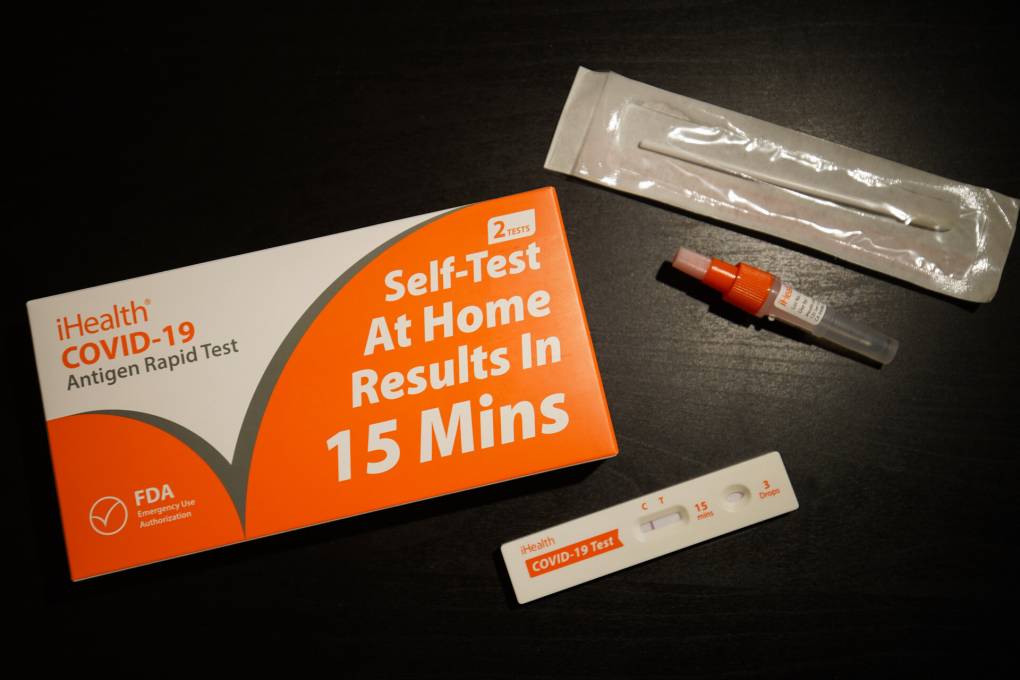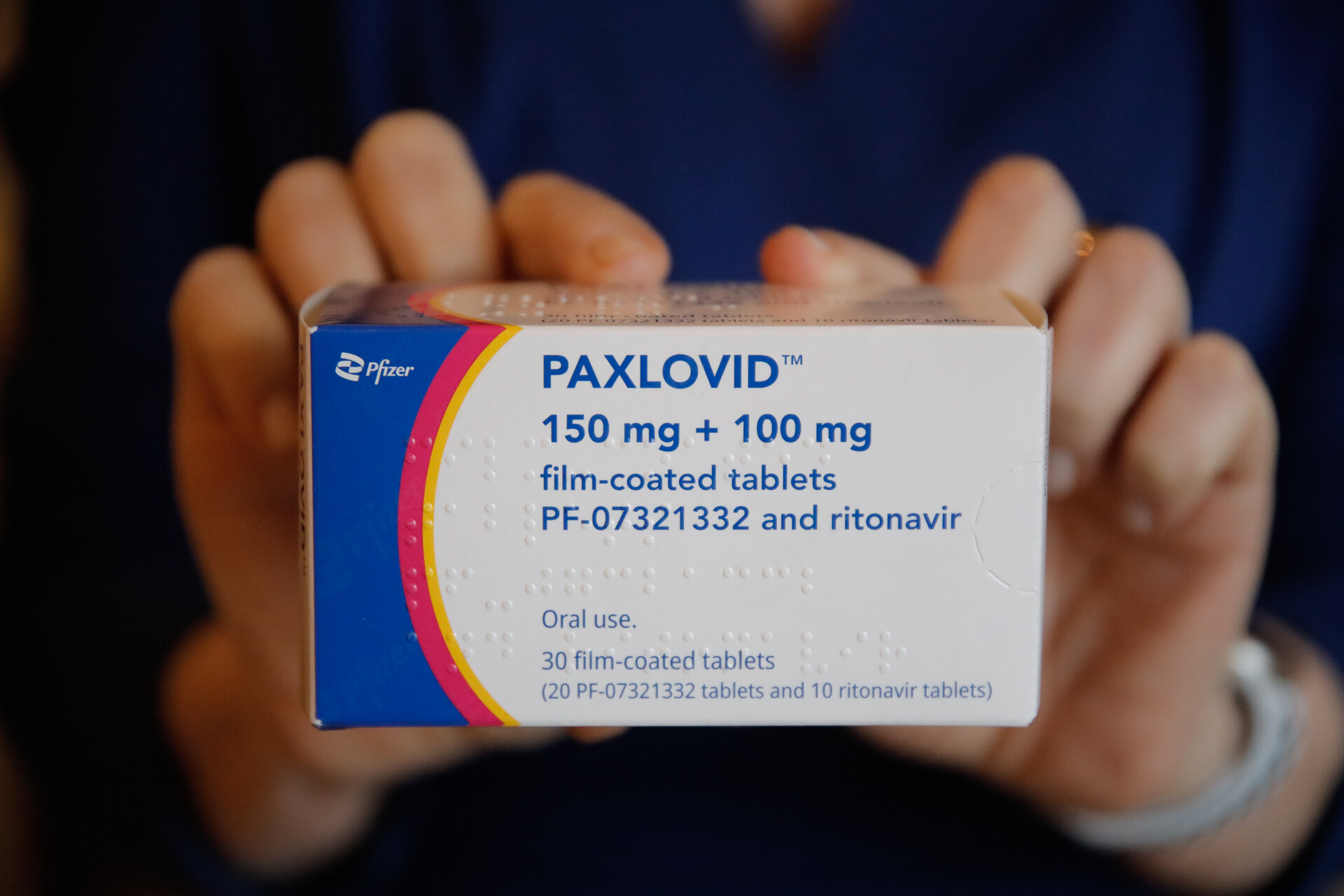If you’ve had COVID in the last year, did you try to find Paxlovid to treat your symptoms?
If the answer is no, you may want to reconsider if you get COVID again.
Paxlovid (pronounced “pax-LOH-vid” or sometimes “PAX-loh-vid”) is a highly effective antiviral treatment for COVID, available free by prescription in California. The treatment is fairly simple, and entails taking a pill orally twice a day, for five days.
Jump straight to:
- Yes, you’re probably eligible for Paxlovid now
- How Paxlovid could cut your risks of long COVID
- Getting Paxlovid won’t always be this simple, or free
- Don’t be put off by “Paxlovid rebound”
Back in December 2021, Paxlovid was the first oral antiviral treatment for COVID authorized by the Food and Drug Administration (FDA). But due to limited supply, Paxlovid was initially only used to treat the patients deemed most at risk from severe illness from COVID. Later in 2022, it was expanded to more pharmacies across the United States as part of a nationwide push to get Paxlovid to more COVID patients who could benefit from it due to existing health factors.
Because of how we all first learned about Paxlovid, many of us might still think of it as a treatment still reserved for only the most high-risk patients. But what you think you know about Paxlovid might well have changed in the last year. Keep reading for everything you need to know about taking Paxlovid in 2023.
Tested positive for COVID and want to try to get Paxlovid? Read our guide to finding a Paxlovid prescription.
Officials say: Go ahead and seek out Paxlovid
According to the FDA, all patients with “mild to moderate COVID-19 who are at high risk of disease progression” should be eligible for Paxlovid. And in the last few months, California has gone further to urge providers to consider prescribing the COVID treatment to even more people — not just the most at risk for severe illness.
In December, the state’s Public Health Officer Dr. Tomás J. Aragón sent a message to California health providers reminding them of “ample supply” of Paxlovid, and urging that “all symptomatic patients with a positive COVID-19 test of any type should be evaluated for treatments.”
